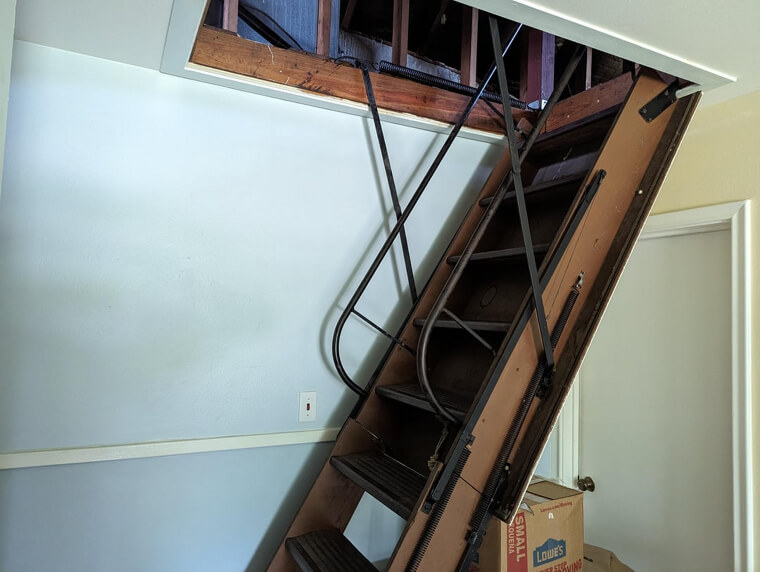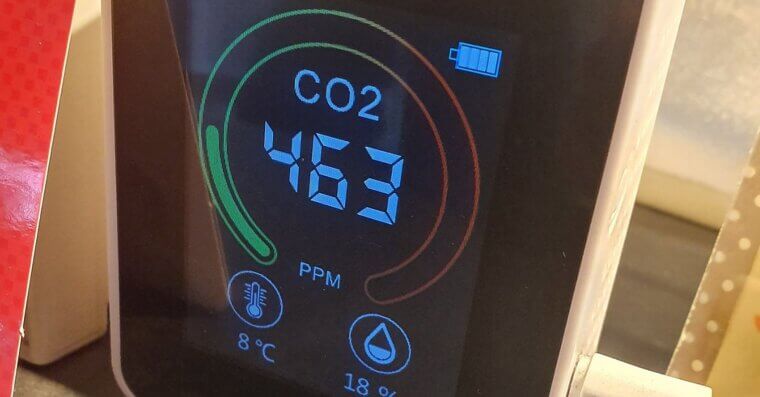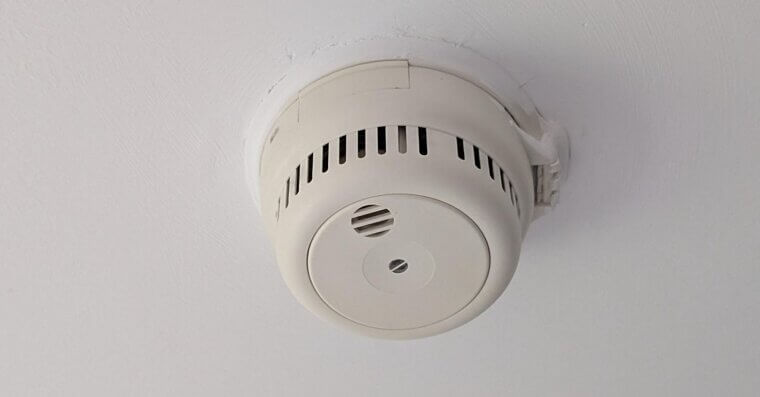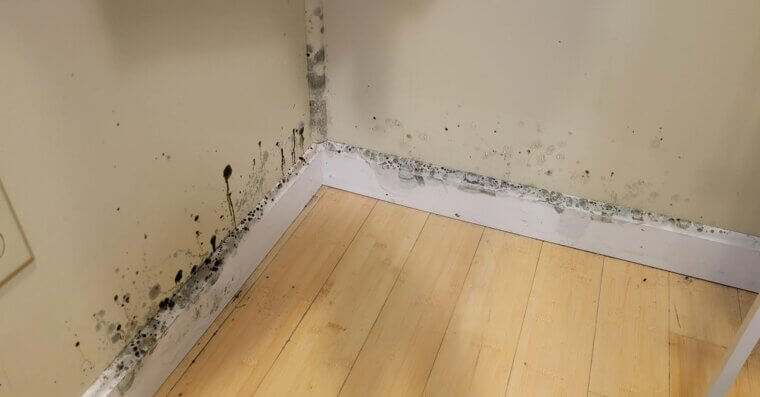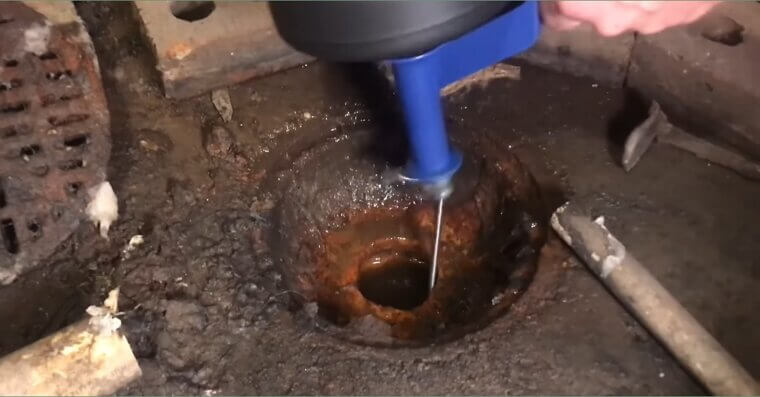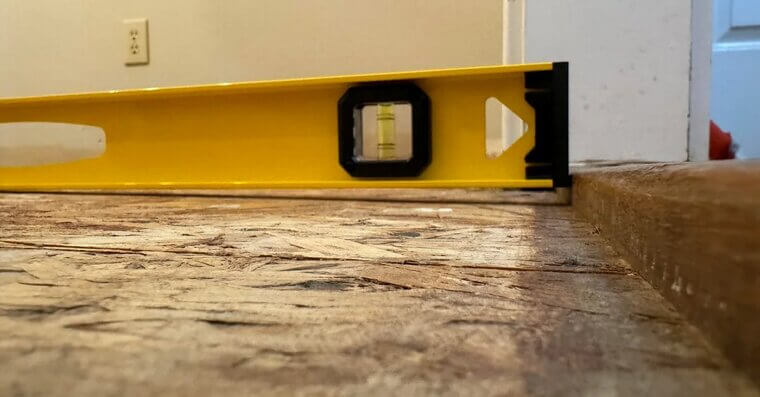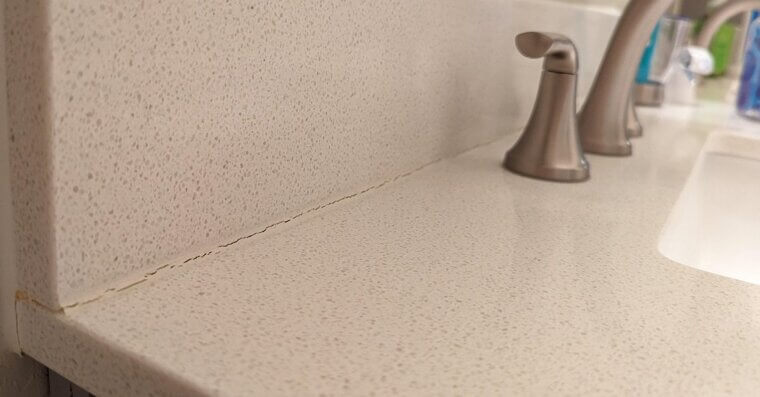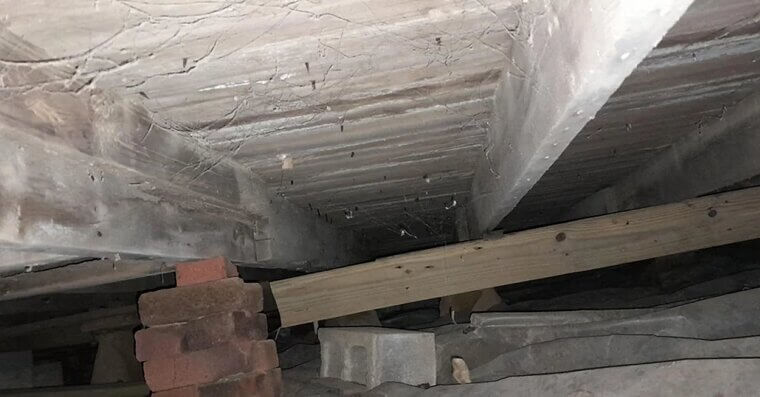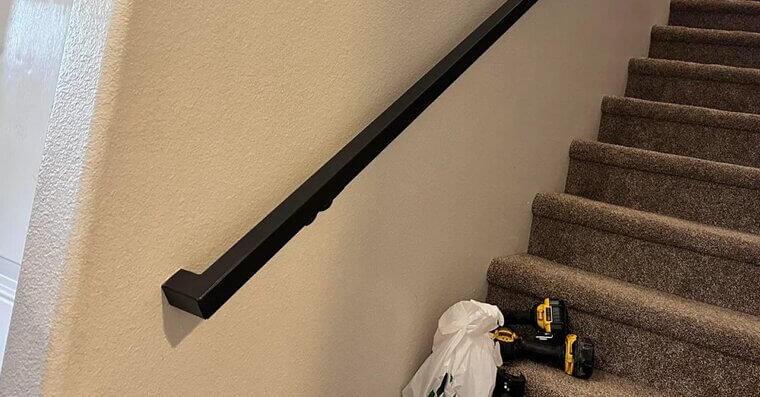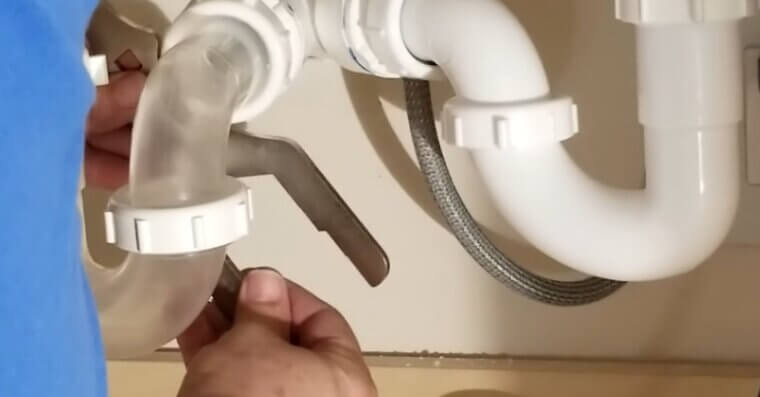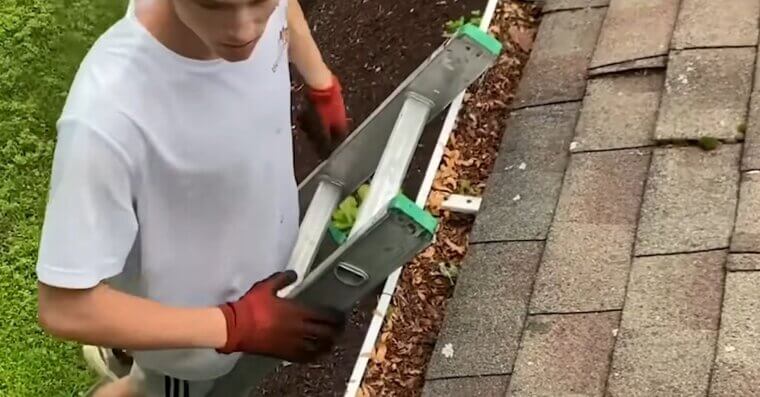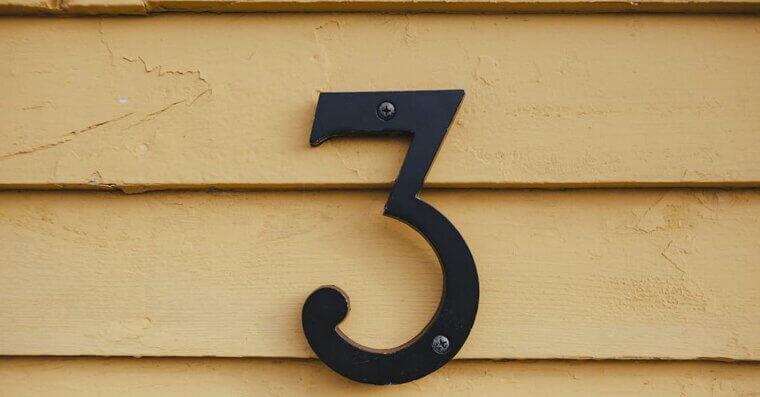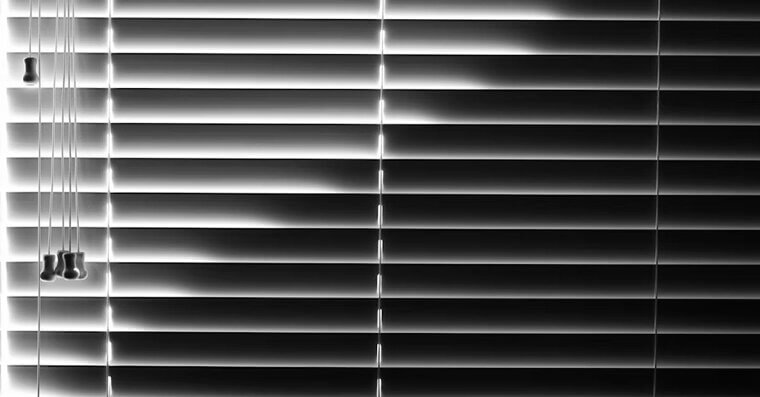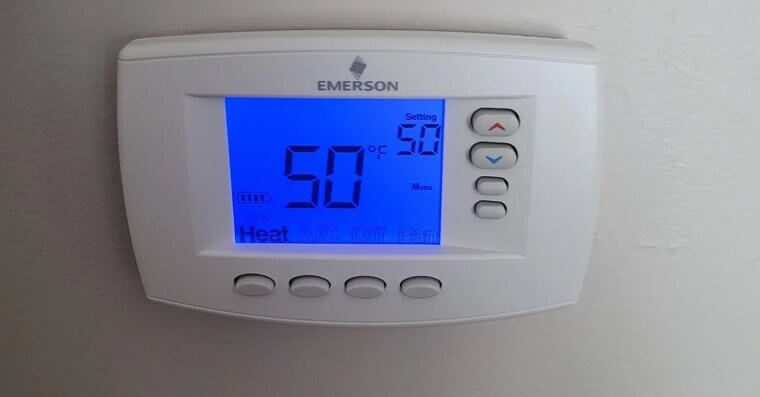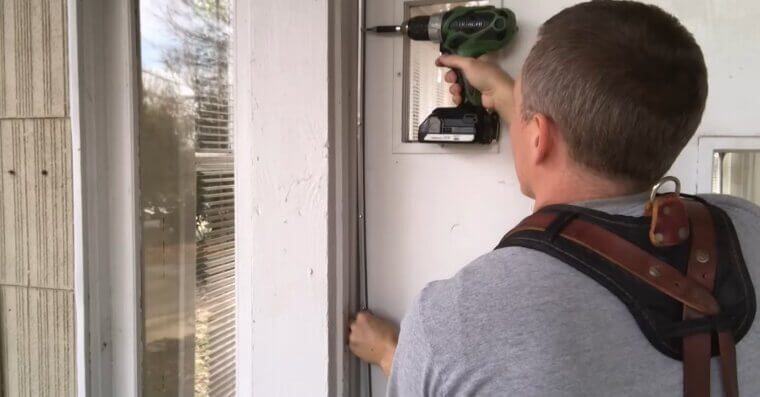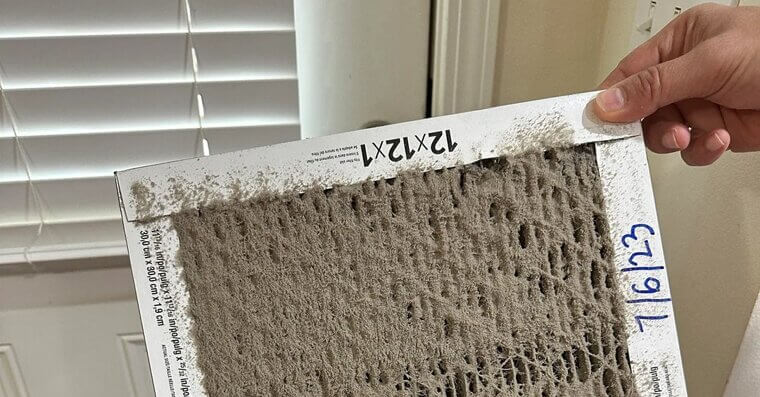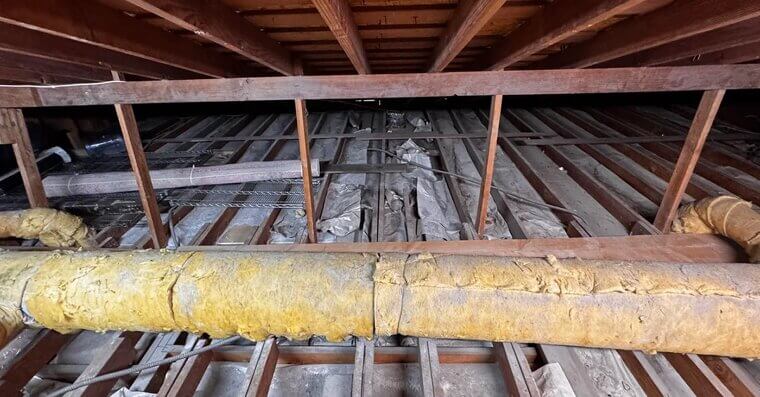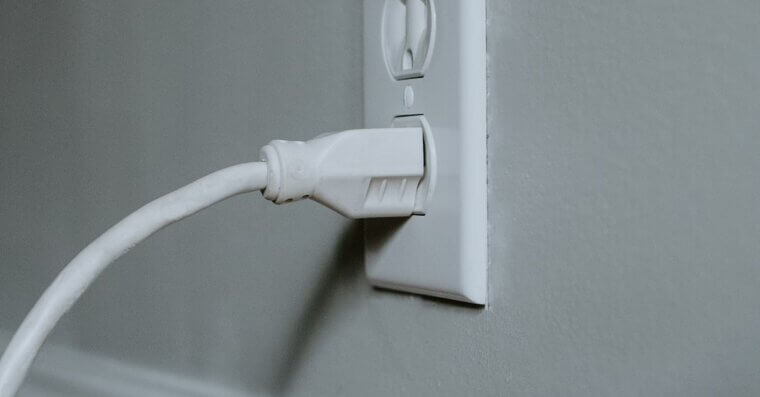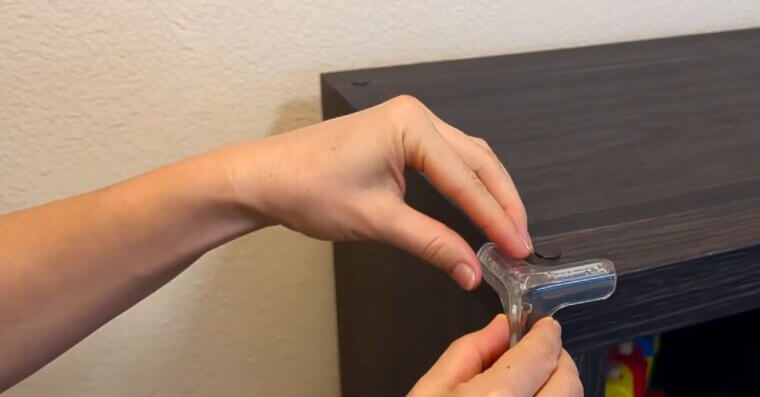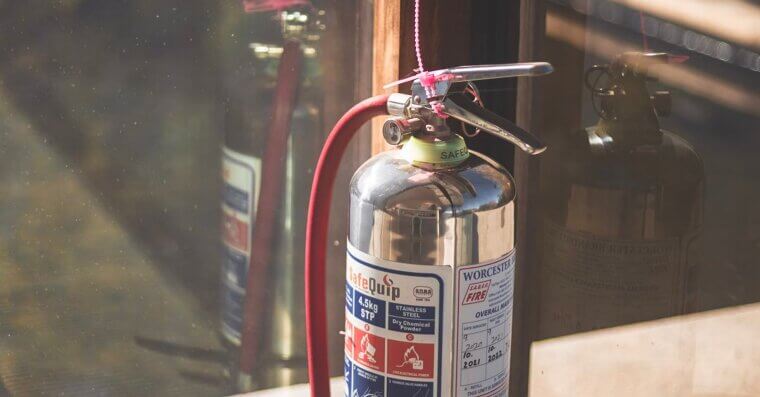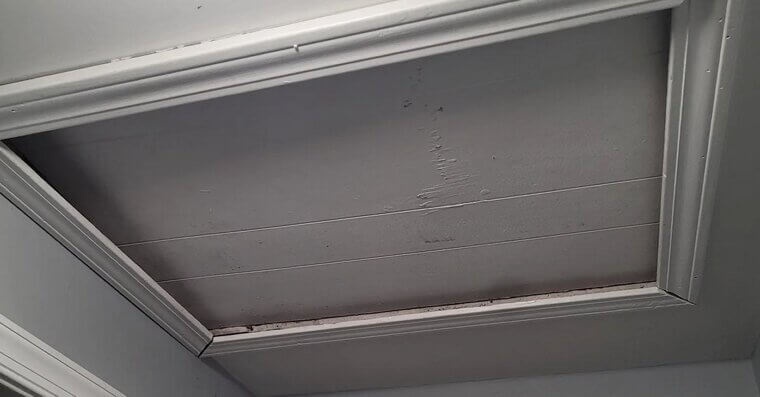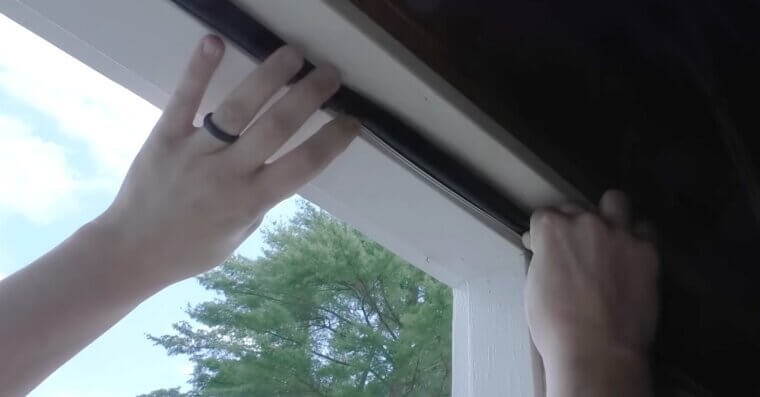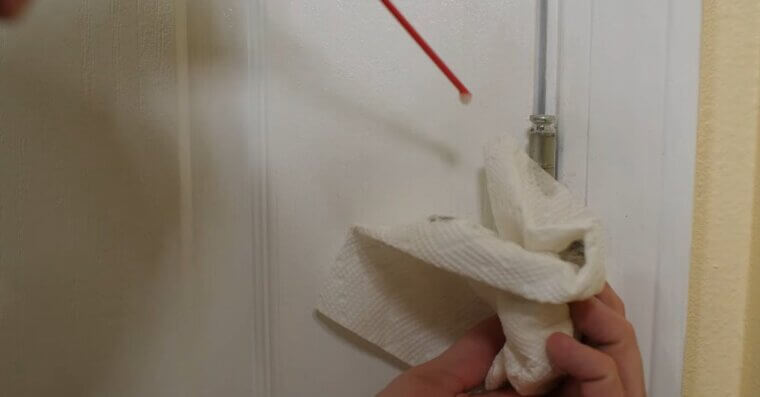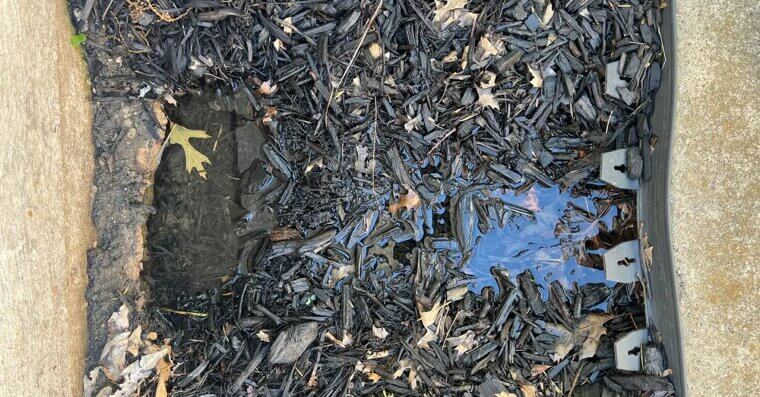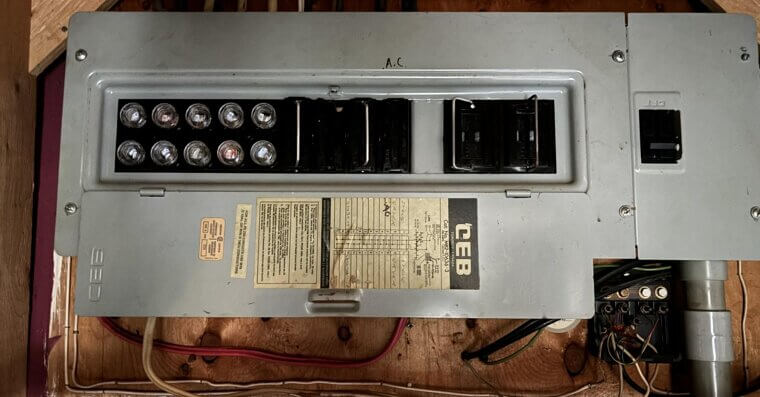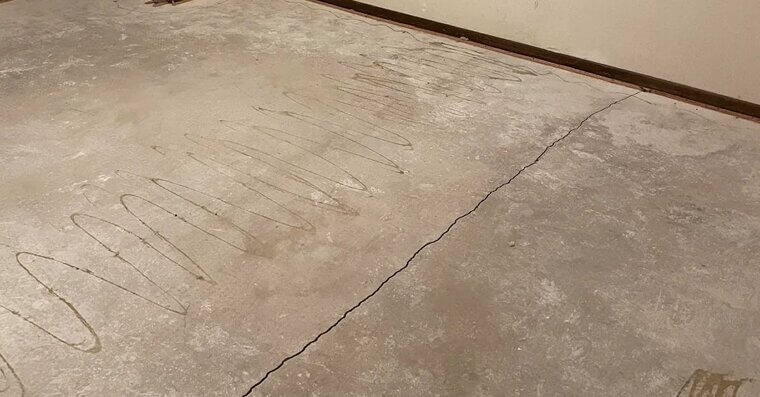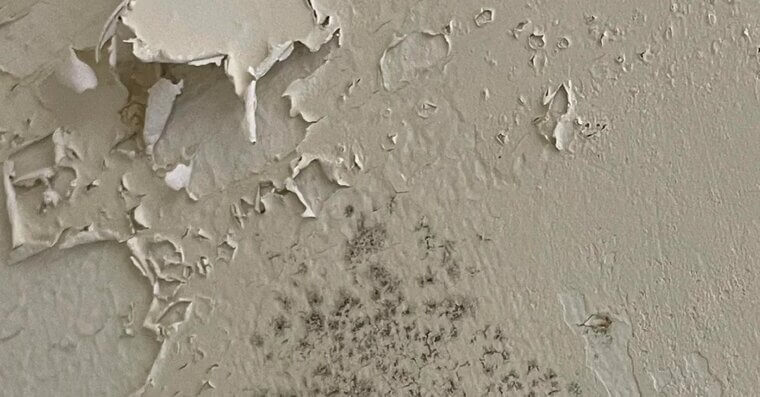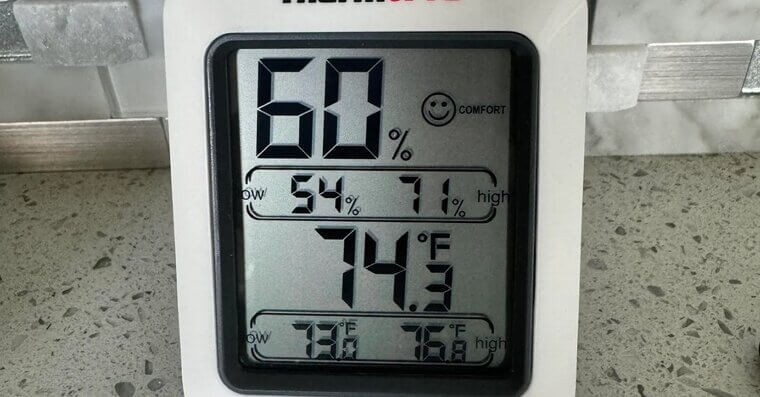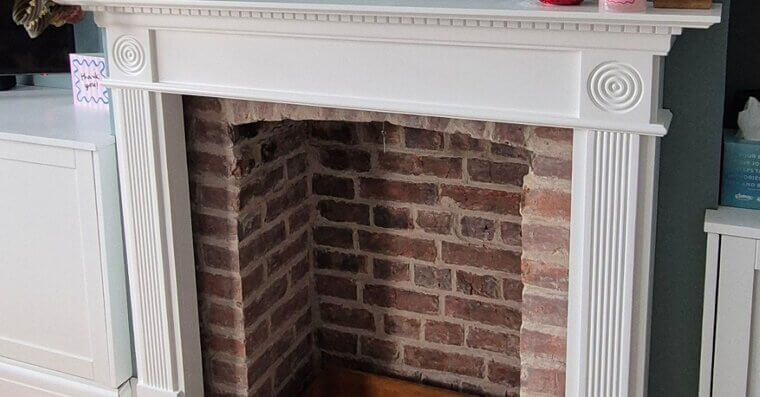Everyday Home Problems That Often Go Unseen
Your home might look perfectly fine on the surface, but handymen know that plenty of small, hidden problems lurk where you least expect them. Left unchecked, these little issues can turn into expensive repairs... or even safety hazards. Here are 35 potential problems you need to be aware of.
Non-Working CO2 Detector
A carbon monoxide detector is a life-saver, literally. If the batteries die or the unit stops working, you might never know there’s a problem until it’s too late. Test your detector monthly and replace batteries twice a year. If it’s more than 7 years old, replace the entire unit for peace of mind.
Non-Working Fire Detector
Just as important as the CO2 detector is the fire detector. If you don’t have one, you need to get one – people have died from not having a fire alarm in their house. Make sure you check the batteries on a regular basis.
Mold Buildup
Mold loves damp, dark spots - bathrooms, basements, or even inside walls. It’s sneaky, and it can definitely trigger allergies or cause odors. Wipe down moisture-prone areas and use a dehumidifier if humidity is high. And if it gets too bad, don’t be afraid to call an handyman.
Pipes Getting Clogged
Clogs start small - grease in the kitchen sink, hair in the shower drain - and turn into big headaches. Prevent buildup by using drain catchers and avoiding pouring grease down the sink. If a clog forms, a plunger or drain snake usually does the trick before calling in a plumber.
Uneven Floors
If your floors feel bouncy or slope in spots, it could be from settling or weak joists. Sometimes it’s minor and just needs shims or extra support beams. If the issue seems widespread, it’s worth getting a professional in, especially if you don’t know much about home repairs.
Cracked Caulk in the Bathroom
When caulk around tubs or sinks cracks, water gets into your walls. That can mean mold and damaged drywall. Scrape out the old caulk and apply a fresh bead. It’s cheap, easy, and has the added advantage of making your bathroom look nicer.
Poorly Ventilated Crawl Space
If your crawl space can’t “breathe,” moisture builds up, leading to mold and wood rot. Adding vents or an easy-to-install vapor barrier can make a huge difference. It’s not glamorous, but keeping that space dry helps the whole house stay healthy.
Loose Handrails
A wobbly handrail is a big safety hazard. Usually, it just needs the screws tightened or replaced with longer ones that grab into studs. Don’t ignore this one, it could be you or a loved one on the other end when it comes loose from the wall.
Small Leaks
Tiny leaks under sinks or behind appliances often go unnoticed until they cause real damage. Even a slow drip can lead to mold and definitely to high water bills. However, most small leaks can be fixed with a new washer or tightening connections. Keep an eye out for damp spots, and don’t wait to fix them.
Leaves Clogging Gutters
It’s easy to forget about gutters until water starts spilling over the sides. Clogged gutters can lead to roof leaks and in some case nasty pests. Grab a ladder and clean them out a couple of times a year, or install gutter guards, which are usually not expensive.
Home Number Hard to See
It seems small, but if your house number isn’t visible, it slows down deliveries and, more importantly, emergency responders. Make sure numbers are large, clear, and visible from the street. Reflective or illuminated options are what you need, and they’re cheap.
Dangling Blind Cords
Window blind cords can be a strangulation hazard for kids and pets. If yours are dangling low, use cord wind-ups or replace them with cordless blinds. It’s a small adjustment that makes rooms a lot safer – please don’t neglect it.
Heating Your Home Unevenly
If some rooms feel like saunas while others feel like iceboxes, your home isn’t heating evenly. This can waste energy and make living uncomfortable. Get yourself a smart thermostat, and also bear in mind that common culprits are blocked vents or dirty filters.
Air Leaking Through Your Windows
Drafty windows are like tossing money out of, well, the window. They let cold air in during winter and hot air in during summer, forcing your HVAC to work harder. A cheap solution is adding weatherstripping or transparent window weather sealing tape.
Air Leaking Through Your Doors
Just like windows, doors can let air sneak in around the edges. That little draft adds up on your energy bills. A door sweep or adhesive weatherstripping usually solves the problem in minutes. But the door frame is warped, you may need a new door to seal it properly.
Loose Electrical Outlets
An outlet that wiggles when you plug something in is not only a pain, it can be seriously unsafe, especially if you have kids in the house. Often, the problem is a broken outlet box or missing spacers. If you don’t know how to fix the problem yourself, call an electrician.
Old HVAC Filter
A dirty HVAC filter makes your system work overtime and spreads dust around the house. Replacing it every 1–3 months keeps the air cleaner and your system running smoothly. It’s one of the cheapest and easiest home fixes out there.
Poor Lighting in Key Areas
Dark hallways and especially staircases are safety hazards you don’t notice until you stumble. Adding brighter bulbs or extra fixtures solves it. You can also try motion sensor lights if you want to save on your energy bills – they have the bonus of alerting you if there’s an intruder.
Non-Insulated Attic
An attic without insulation is like wearing a winter coat with no lining - you’re losing warmth fast. Heat rises, so if the attic isn’t insulated, your energy bills climb. Adding insulation is a big money-saver over time, and DIY kits mean you can easily do it yourself.
Wasting Money on Electricity Bills
Energy drains - like chargers left plugged in or old appliances that function like “energy vampires” can quietly run up your bill. Switch to LED bulbs, and always unplug devices when you’re not using them. A smart thermostat is another quick fix that helps you cut down on wasted energy.
Sharp Corners on Furniture
Coffee tables and counters often have sharp corners that sit right at a child’s or pet’s head level. Foam corner protectors soften the blow if someone bumps into them. It’s a quick and inexpensive safety upgrade that handymen recommend.
No Fire Extinguisher
A fire extinguisher isn’t something you think about until you need it... and by then, it’s too late. Every home should have at least one, ideally in the kitchen. They’re inexpensive and can stop a small fire before it spreads. Just remember to check the expiration date.
Air Leaking Through the Attic
Attics often have small gaps where air slips out – around the access door especially. This drives up energy costs. Sealing these gaps with foam, caulk or a specialized insulation cover makes your home more comfortable and efficient.
Worn Down Weatherproofing
Over time, caulking and seals around windows and doors break down. This lets in drafts and water, which is the last thing you need. A quick weekend project of re-caulking or adding new weatherstripping can cut down on energy loss and protect your home from damage.
Squeaky Doors
That annoying squeak when you open a door usually means the hinges are dry. A quick squirt of WD-40 or even cooking oil on the hinge pins usually silences it. If the door still sticks, tightening the screws can help.
Water Pooling Near Foundation
When water collects around your home’s base, it can seep into the foundation and cause cracks or leaks. Not good The fix often starts with cleaning gutters and making sure the ground slopes away from your house. In serious cases, extending downspouts can prevent expensive damage.
Pest Entry Points
Tiny gaps around pipes and vents are like open doors with a “welcome” sign for mice and insects. A tube of expanding foam or steel wool in those holes goes a long way in keeping pests out. And make sure you regularly walk the outside of your home to spot new gaps.
Outdated Electrical Panel
Older electrical panels weren’t built for today’s countless gadgets. If breakers trip often or you hear buzzing, it may be time for an upgrade. This one’s a job for an electrician, but catching it early prevents fire risks and improves safety.
Small Cracks in the Foundation
Tiny cracks might look harmless, but over time they can let in water and grow into structural issues. Filling them with epoxy or sealant when they’re small keeps them from spreading. But keep an eye on larger cracks - those may need a professional to come and take a look at them.
Non-Sealed Chimney
A chimney without a proper cap or seal lets in rain, leaves, and other nasties. The extra moisture can damage masonry or leak into your home. Installing a chimney cap or putting down sealant is a quick and inexpensive fix that saves you from messy problems down the road.
Moisture Building Up Behind Walls
You usually can’t see it, but moisture behind walls can cause mold and structural damage. Signs include peeling paint and musty smells. If you’re not sure what’s going on, you can always buy a moisture meter to detect moisture in the walls.
Non-Insulated Pipes
In colder months, pipes without insulation can freeze and burst - leading to thousands in damage. Luckily, pipe insulation is cheap and easy to slip on yourself. Handymen will all tell you, it's a quick project that could save you a lot of mony.
Home Too Humid
Excess humidity makes your home feel sticky and invites, guess what, more mold. A dehumidifier in problem areas - like basements or bathrooms - works wonders. You could also splash out on a hygrometer, a device that reads the humidity levels.
Cracked Driveway
Think of how often your heavy car drives into the driveway – it’s not surprising it cracks. Small cracks might not seem like much at first, but water and ice make them worse fast. Filling them with driveway crack filler before winter keeps the damage from spreading.
Drafty Fireplace
Fireplaces aren’t used much now, but an unused fireplace can leak air throughout all seasons. Installing a chimney balloon or a draft excluder blocks drafts and saves you energy. Just remember to remove it if you ever actually do use the fireplace.

